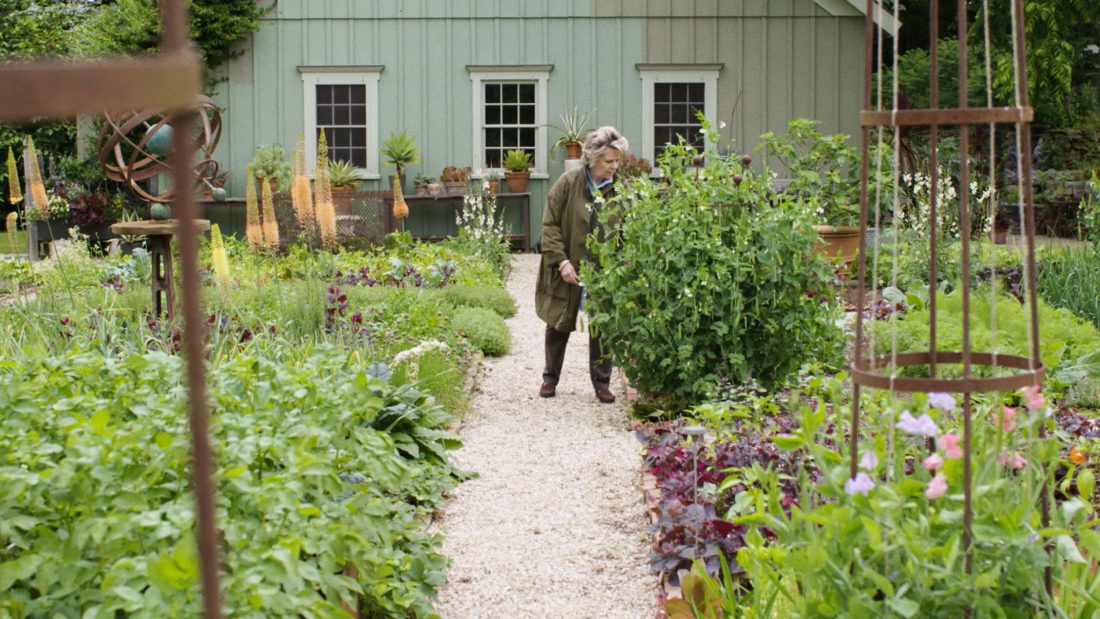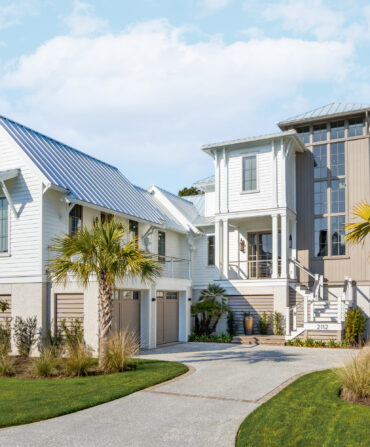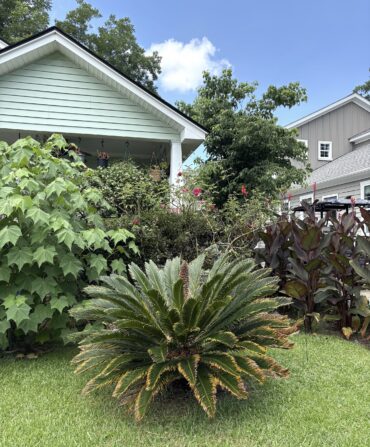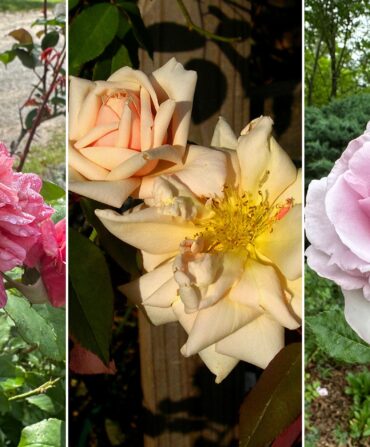“The dogs have gotten so spoiled,” Bunny Williams says over the phone. “Of course, I’m with them all day long now and we’ve got this new bond.” The lauded interior designer is sitting in her New York office, one of the few times she’s ventured away from her country home in Connecticut since last spring. “This whole thing has changed my life—the way I work, and frankly, where I want to live.”
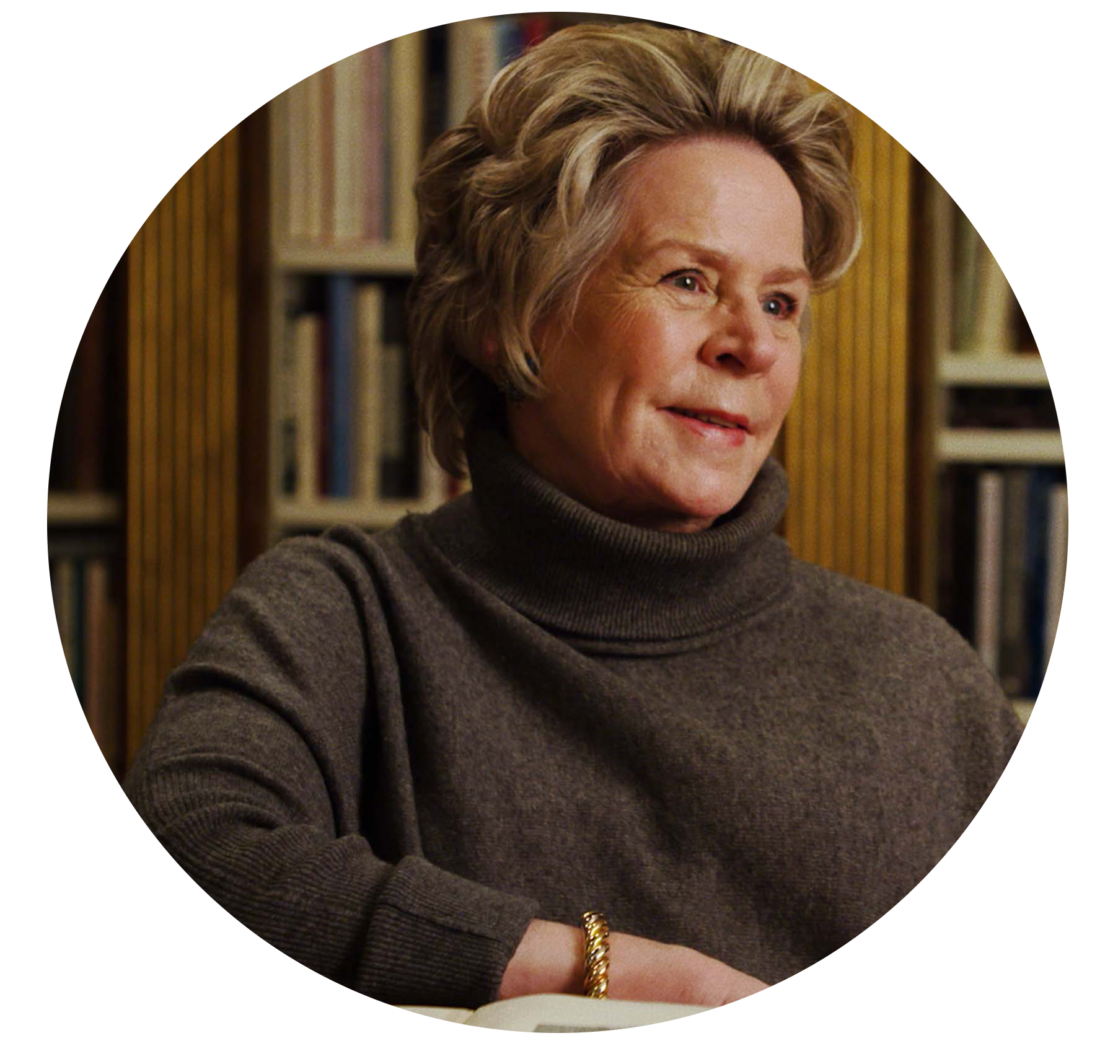
She’s talking, of course, about how the pandemic has shaped how she thinks about her time. For five decades, Williams, who was raised near Charlottesville, Virginia, has traveled to projects all over the country, published beautiful coffee-table books, and, with her husband, John, hosted friends and family near-constantly. Until everything changed last spring. “We had owned a house in the country for close to forty years and the most we’d ever stayed there was two weeks,” Williams says. “Come Sunday, we’d get in the car and go back to the city to work all week. When COVID came, it had to change. We couldn’t do that anymore, and I didn’t want to. Now I want to get up in the morning and let the dogs out, hear the birds, have my coffee, and have a sense of peace.”
We caught up with Williams to talk about her new documentary, Bunny Williams—Not a House but a Home, which was filmed by the Institute of Classical Architecture and Art and will air on local PBS stations in April. She also shared some advice to us all from her late friend Julia Reed: Don’t overthink hosting. Just get people back together again soon.
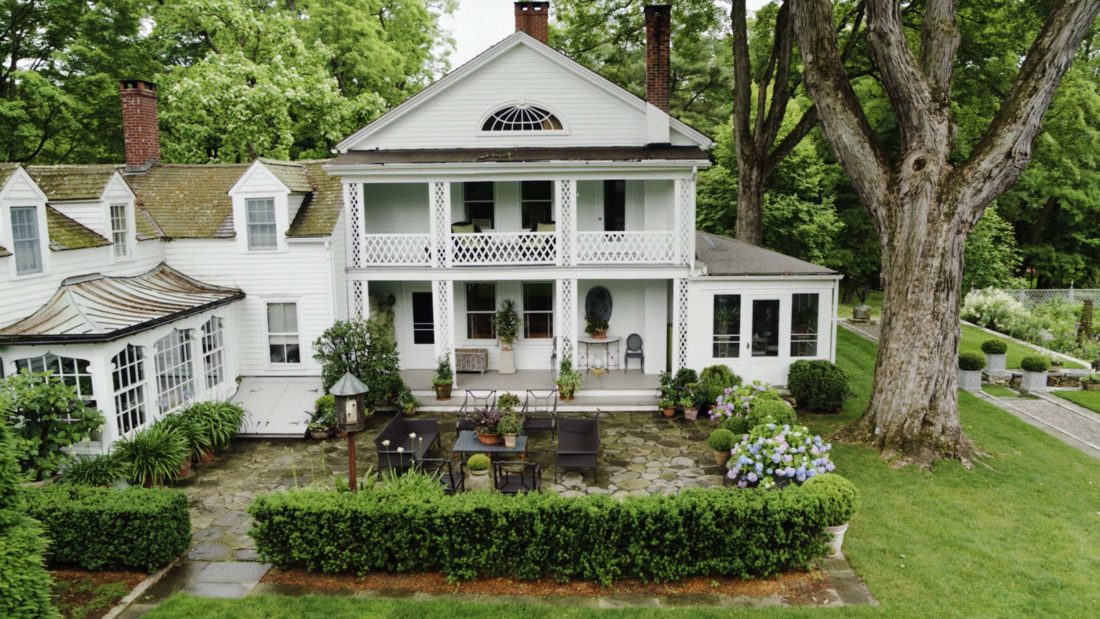
What was working from home like for you at first?
Every morning, I would go up to my computer in my studio and work on this big project. I had to learn to do most everything online, but all of the dealers and vendors, everyone adapted. Everyone has figured out how to be accommodating, how to send samples and plan for construction. I would work hard every day and then in the evenings, John and I would cook supper and we had all the vegetables from the garden, and we were like, this is utopia. I got to see my garden come alive. I got to see the snowdrops, the hellebores; I got to see the garden open up to me every single day—I never had that luxury before.
What have you been reading?
I’ve been putting my library together for so many years, and I found that now my library was more important than ever. I was working on a historic house on the Hudson River, so Peter Estersohn’s book was amazingly helpful. I also have twenty years of old magazines—stacks and stacks. I would sit there and go through old World of Interiors, old House & Garden, and I tore out what I wanted to keep, put it in my scrapbook, and got rid of the rest. And I read Anna Karenina again—a friend of mine, Roxana Robinson, teaches literature, and for our local Cornwall library, she taught a class about it. I had to read a hundred pages every week, and I learned so much. I almost thought, Wow, with all these new vehicles and ideas, do we ever have to leave home?
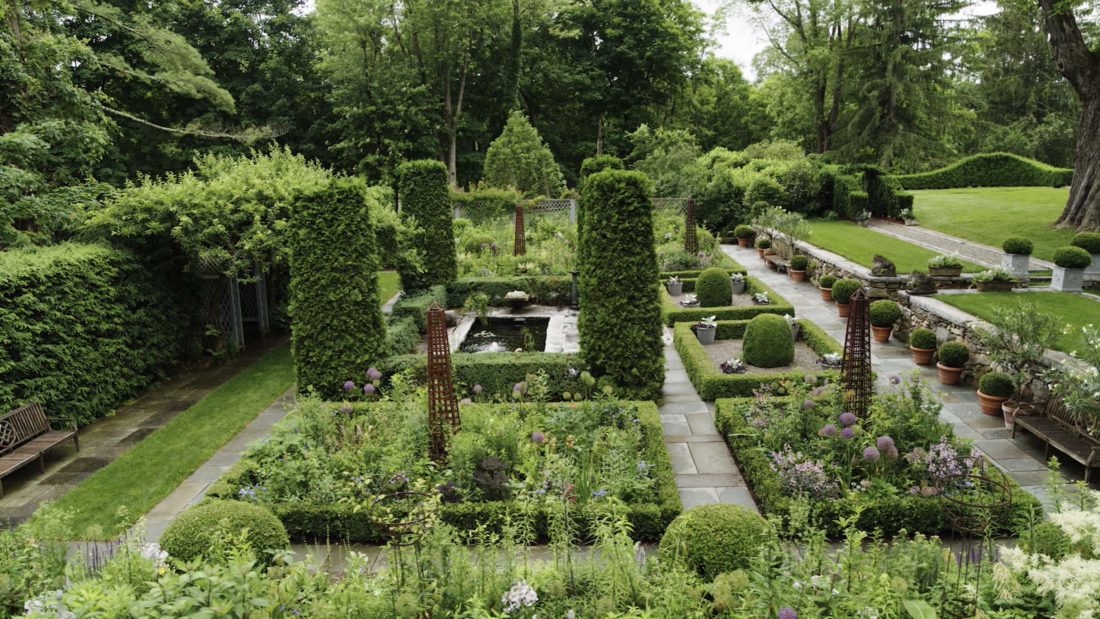
Did you watch any good shows?
We love some of the period things, Howards End and Brideshead Revisited and things we watched a long time ago and continue to realize how special they are. And then I got addicted to the English mysteries Endeavour and Grantchester.
What was filming your new documentary like?
We filmed way before the pandemic, and it was with a wonderful crew. We did one day at my house, one day at my apartment, and one day at my office. Long interviews. I still kind of can’t believe it happened. It ended up so beautiful, and the process made me think about how for years, I would work on a project and then care so much about getting it published. But at this stage in my life, I like doing these things that have a different kind of content—about my design philosophy and what’s lasting.
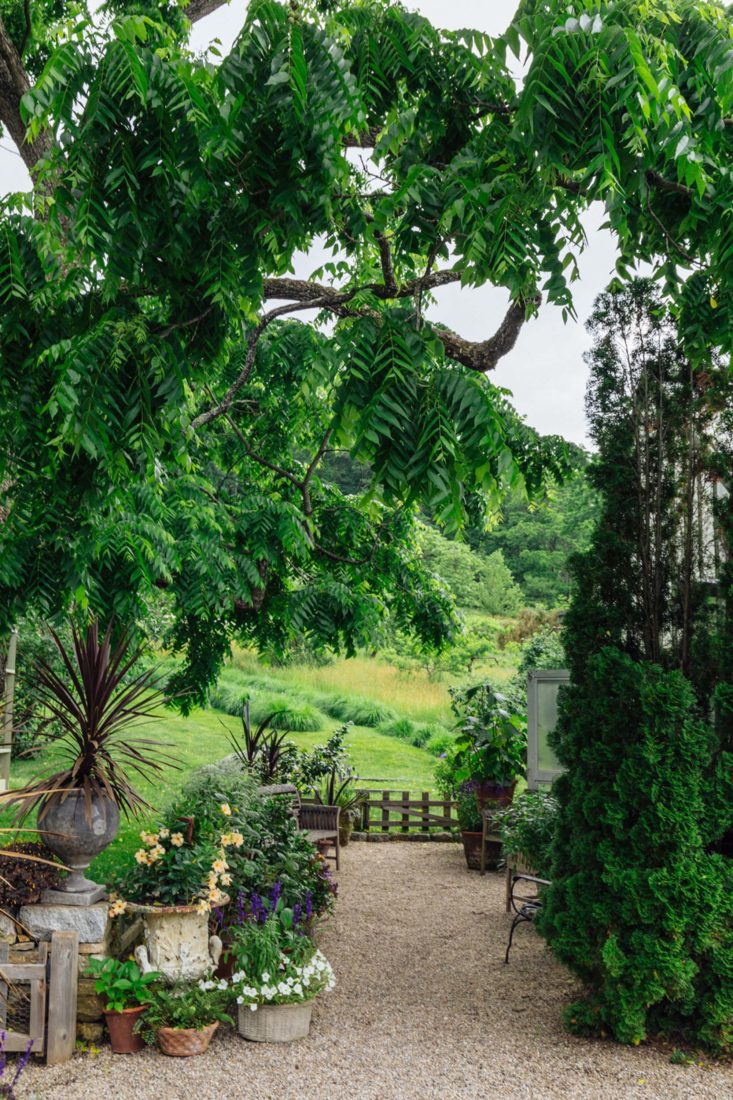
G&G readers might be most familiar with your work because of a piece the late Julia Reed wrote about you. You two were longtime friends. What did you learn from her?
Julia and I were instant friends when we first met. What was so great to me was that as smart as she was, she was so much fun and she never took herself too seriously. There was never an ounce of pretense. And I feel the same way, what right do we have in life to have an attitude? She was a natural with anyone she ever met, and I think that’s a gift. I hope I have it. I remember I was in New Orleans with her once, and the house was full of people. Everyone was drinking and she just wasn’t worried about anything. She sometimes might not start cooking till a half an hour before someone came in the door. She told me, “you don’t have to be so intense about it—no one is really going to care if the napkins don’t match.”
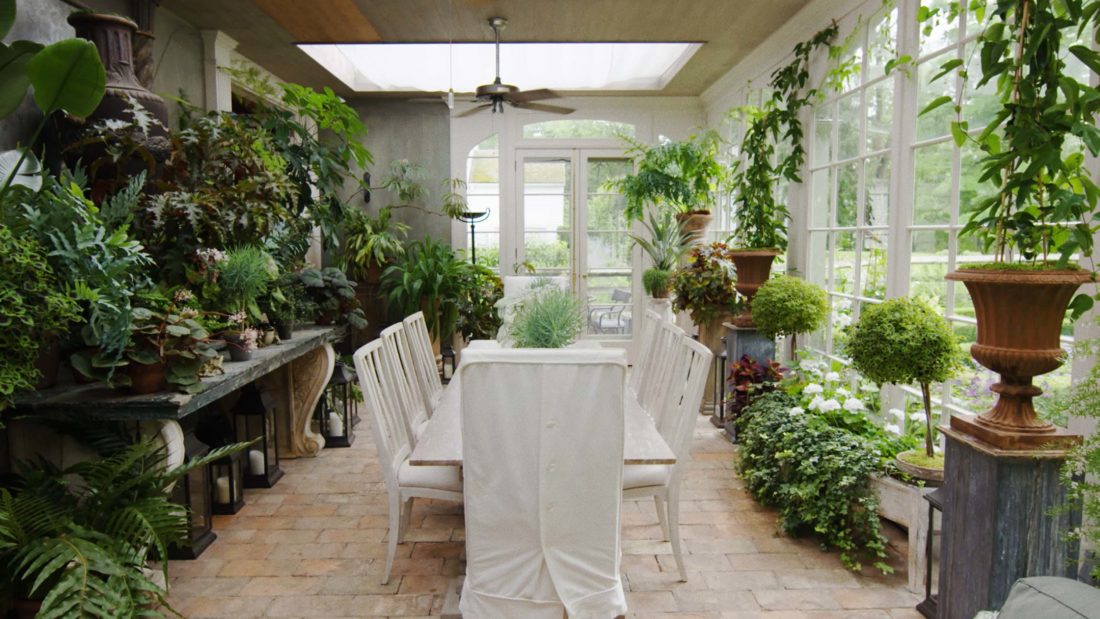
Hosting can be intimidating! Especially in the South when people just seem so good at it.
Don’t overthink it. Don’t do more than you can do. Have cocktails. A snack. When somebody new comes to town, have friends over to meet them. That’s what makes life fun. If you’re comfortable, your guests are going to have a good time. People just want to be together.
Tips for easing back into hosting?
We just had a little party for our friends’ fiftieth wedding anniversary. I had plates for everybody, and I put the food and wine and drinks at several different places so that people could pick what they wanted and move around.
I always have cheese straws and peanuts for snacks. But here’s my secret: Costco has the best pigs in a blanket I’ve ever seen. They have just the right crust on them, and I keep them stocked and ready to go in my freezer.
I want to thank you for something I read once where you said to focus on forever pieces—not drapes! I’m laughing because I really took that advice to heart—about a year ago, I moved into my first house, and I’m having so much fun with the furniture and art, but I still have $6 stick-on paper blinds.
You won’t miss not having curtains. Should you buy yards of very expensive fabric, and then not be able to fit them wherever you live next? No! When you’re young, put your money into the things you want to have the rest of your life. Art. You might put a chair from this living room into your next guest bedroom. You’ll always recycle the things you have because you love them.
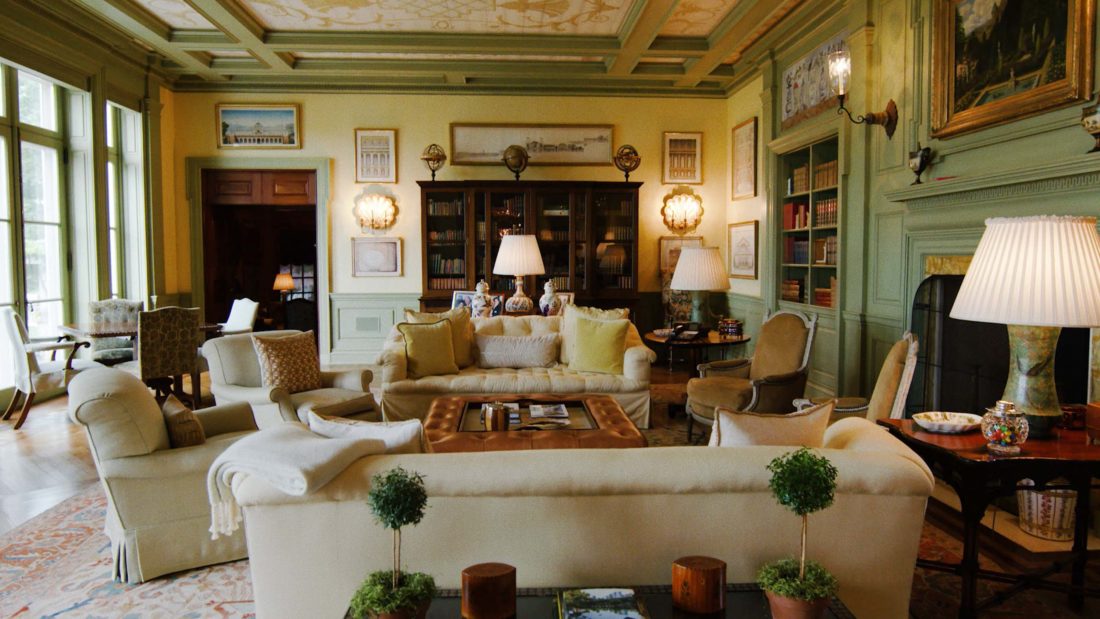
You have such a good eye for finds from antiques stores and secondhand shops.
Secondhand things are the best buy today. These days, antiques can be less expensive than new things, and you can put beautiful brown furniture with a modern mirror and a modern painting—just mix it up, give it a new life. Look for the best quality you can find, like beautiful wood furniture with a lovely grain. Go look at the very best furniture you can, and that trains your eye to find the gems in a secondhand shop. It’s really all about the hunt. Some people are more comfortable going into a high-style polished shop. That’s nice, but nothing beats putting on your blue jeans, going into a junk shop, and coming out with a silver luster pitcher for $20. I’d rather go find a jewel in a junk shop than go into the fanciest shop where, trust me, that dealer just got back from the junk shop.
Do you think growing up in the South shaped your sense of style?
For a long time in the South, things were passed down. I don’t know where it changed, but for a time, there was a moment when design was focused on everything brand new and looking like it came out of a hotel. The most interesting rooms are a combination, and I do think that people are coming back around again to a mix of old and new.
Growing up on a dirt road out in the country, everyone entertained in their cozy homes. There were country farm houses, and some were more grand. But it’s that memory of my parents, my godmother, and my great aunt, all of us being so happy just being at home together. I am an interior designer because I wanted to create a home.


